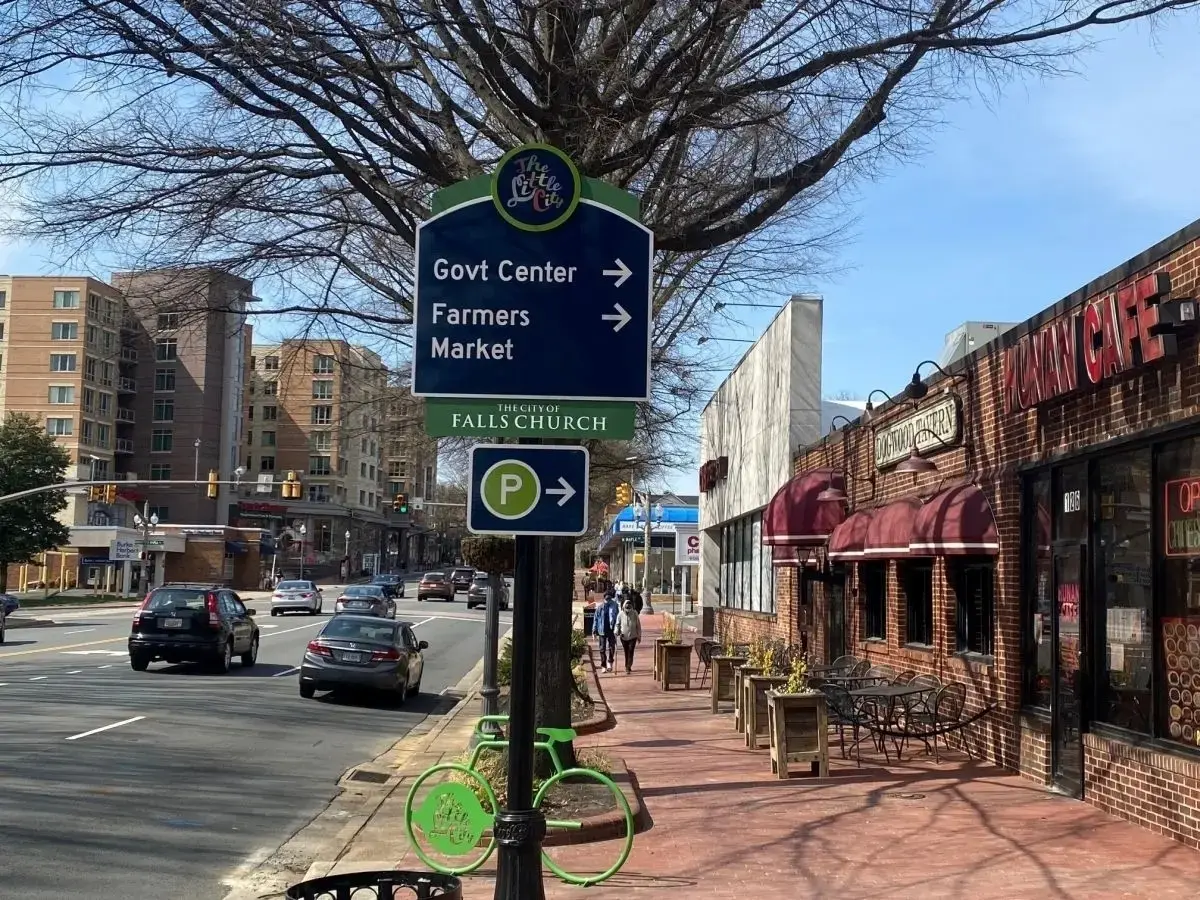Dual Defenders: Unveiling the Role of Caps and Dampers in Falls Church, VA
In the pleasant city of Falls Church, Virginia, the cold months can be quite biting. The residents of this beautiful city, therefore, depend heavily on their fireplaces and heating systems to provide the much-needed warmth during these chilly periods. The unsung heroes in these systems are the caps and dampers, which play a crucial role in the maintenance and functionality of fireplaces and chimneys.
In this article, we will unravel the role of these dual defenders – chimney caps and dampers – their importance, how they function, and why a professional service like A&T Chimney Sweeps fireplace, furnace, dryer vent, gutter cleaning and repair services in Falls Church VA is essential for their maintenance and repairs.
The Role of Chimney Caps
Chimney caps are small metal coverings or screens that are installed on top of a chimney. They provide a line of defense against external elements while simultaneously ensuring that the smoke and gases from the fireplace are safely vented.
The foremost role of a chimney cap is to prevent water intrusion. Water is the foremost enemy of chimneys. It seeps into the bricks and mortar, causing them to deteriorate over time. In colder climates, this water can freeze and thaw, leading to a cycle of expansion and contraction that can cause significant damage to the chimney structure.
A second vital role of the chimney cap is to keep out animals and debris. The warmth and isolation of a chimney make it a desirable dwelling for various animals. Birds, squirrels, and raccoons often take up residence in uncapped chimneys, causing blockages and potential fire hazards. Debris such as leaves and twigs can also accumulate, leading to similar problems.
Chimney caps also act as spark arrestors. During the burning process, sparks and embers can escape from the open chimney and land on the roof, posing a fire risk. A chimney cap ensures these sparks are contained, thereby protecting your home from potential fire outbreaks.
The Role of Dampers
While chimney caps are the defenders on the outside, dampers are the guardians on the inside. They are metal plates located in the flue that regulate the flow of air in and out of a chimney.
Dampers play a crucial role in energy conservation. When a fireplace is not in use, the damper can be closed to prevent warm indoor air from escaping up the chimney and cold outside air from coming in. This function helps maintain a comfortable indoor temperature and reduces the strain on home heating systems, leading to energy savings.
Moreover, dampers control the amount of air that reaches the fire. When a fire is lit, the damper can be opened to allow oxygen to fuel the flames. This adjustable air supply is key to controlling the intensity of the fire and the amount of heat it generates.
Why Professional Service is Essential
The importance of chimney caps and dampers cannot be understated. However, their efficiency and longevity depend on their condition and maintenance. This is where professional services like A&T Chimney Sweeps come in.
These experts have the necessary knowledge and experience to install, repair, and maintain caps and dampers. They can accurately diagnose any issues and carry out the required repairs, ensuring your chimney is functioning optimally and safely.
Moreover, chimney maintenance involves more than just caps and dampers. It includes cleaning soot and creosote, checking for structural damage, and ensuring the flue liner is in good condition. A professional chimney sweep service ensures all these aspects are covered, providing you with peace of mind.
FAQs
1. How often should I have my chimney cap and damper inspected?
It is recommended to have your chimney, including the cap and damper, inspected at least once a year.
2. Can I install a chimney cap or damper myself?
While it may seem simple, it is always best to have a professional install these components to ensure they are fitted correctly and safely.
3. Can I use my fireplace without a damper?
While a fireplace can technically function without a damper, it is not advisable as it would lead to significant heat loss and higher energy bills.
4. What are the signs that my chimney cap or damper needs repair?
Signs may include water leakage, a drafty fireplace, difficulty in controlling the fire, or evidence of animal intrusion.
In conclusion, chimney caps and dampers are essential components of any fireplace or heating system. They not only enhance the efficiency of these systems but also ensure their safe operation. Therefore, their maintenance and repair should always be entrusted to reputable professionals like A&T Chimney Sweeps.








